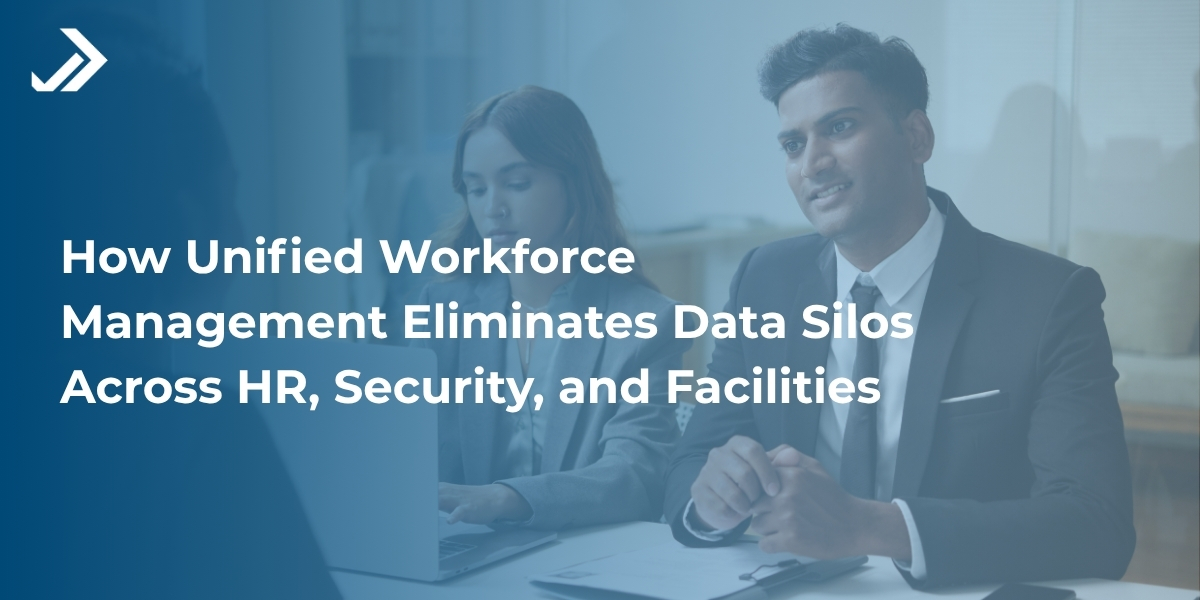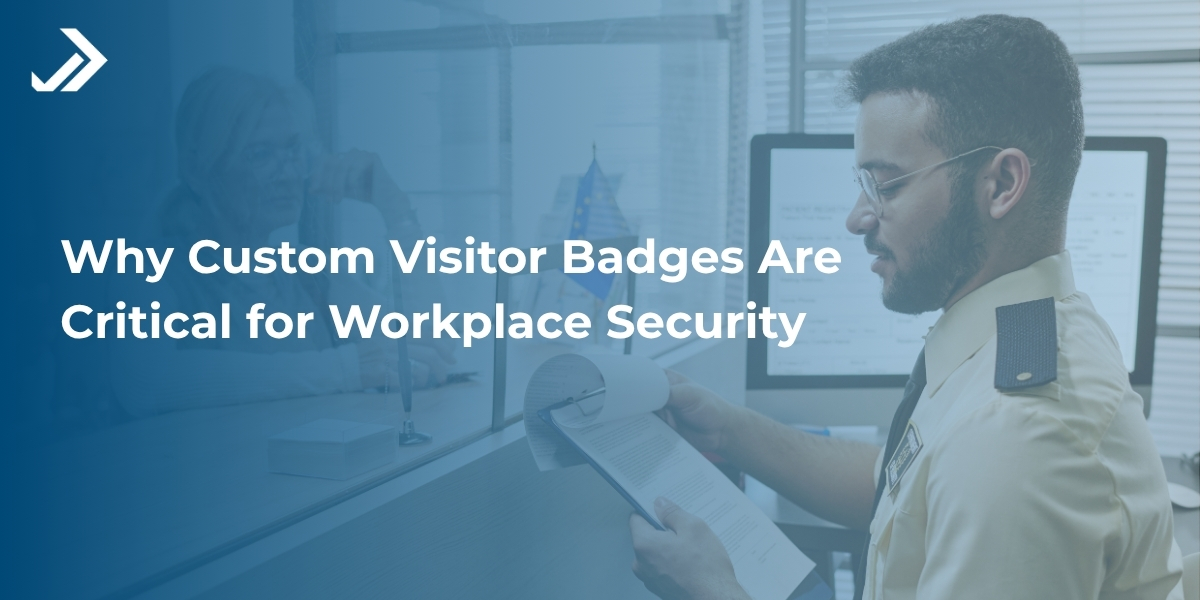

Author : Marketing Team | Follow us on LinkedIn:
12 Sep, 2025
Exploring Multi-Credential Access Control for Modern Workplaces
Table of Contents
The world doesn’t work in straight lines anymore. Why should access control?
Workplaces today are anything but uniform. From corporate offices and R&D labs to warehouses and remote hubs, employees, contractors, and visitors interact with physical spaces in different ways. Their roles, devices, and security needs vary, and so should the way they gain access.
Relying on a single method of authentication, such as keycards or biometrics, no longer accurately reflects the way modern businesses operate. Instead, organizations are turning to multi-credential access control systems that offer flexibility without compromising security.
This approach isn’t just a tech upgrade; it’s a strategic shift toward smarter, role-based, and scalable access management. In this blog, we will unpack what multi-credential access really means, why it matters now more than ever, and how it’s shaping the future of workplace security.
What Is Multi-Credential Access Control System?
At its core, multi-credential access control means this: one system, many ways to identify and authenticate people. Whether it’s a biometric machine, a smart card, a password, or a Bluetooth-enabled mobile app, all of them can be used individually or in combination based on who’s coming in and where they’re going.
It’s a more innovative way to manage both security and convenience. No more juggling between different devices or platforms. And certainly no more “one method fits all” mindset.
This system goes beyond just unlocking doors. It ties into your attendance tracking, zone-based access, and even temporary visitor permissions, making it not just secure but contextually intelligent.
Why Modern Workplaces Need Multi-Credential Systems
One size doesn’t fit anyone anymore. Workplaces today are anything but uniform. People arrive at different times, use different tools, and operate in various spaces, sometimes even cities. If your access control solution isn’t built to adapt, it’s holding people back.
Here’s what’s driving this shift:
User preferences vary: Some employees prefer biometric systems while others are more comfortable with access cards or mobile apps.
Mobile-first environments demand flexibility: Especially in hybrid setups, people expect to use their phones to get through doors.
BYOD isn’t optional anymore: Employees want systems that work with their personal devices, not against them.
Zones need different controls: You don’t secure a data center the same way you secure a cafeteria.
Workforce types vary: Full-time employees, freelancers, contractors, and guests all require different access rights.
If your system can’t handle this complexity, it won’t enable access. It’s creating roadblocks.
Credential Types Explained
This section breaks down the different types of credentials used in modern access control systems. It highlights their key features, ideal use cases, and when to choose each for maximum security and convenience.
| Credential Type | Key Characteristics | Ideal Use Cases | |
| 1 | Biometric (Fingerprint/Face) | Personal, non-transferable, highly reliable. Requires physical presence. | Labs, vaults, high-security or compliance-driven zones. |
| 2 | Proxy Card / Mifare Card | Tap-and-go convenience. Quick, low-friction access. | Lobbies, entry gates, and parking areas are where speed is essential. |
| 3 | Barcode and Password Authentication | Easy to implement, widely adopted. Offers basic security. | Legacy systems or low-risk areas. |
| 4 | RFID Tags | Wearable or embedded. Enables automated tracking without manual input. | Manufacturing floors, warehouses, logistics environments. |
| 5 | BLE (Bluetooth) / Mobile App Access | Smartphone-based, contactless, and hygienic. Supports mobile-first environments. | Corporate offices, healthcare, hybrid workplaces. |
Benefits of a Multi-Credential Access Control Solution
Multi-credential access control solutions go beyond just opening doors. They reshape how organizations manage identity, security, and workplace access.
Flexibility: Not every area of a workplace requires the same level of security. In some zones, fingerprint verification may be the standard, while in others, mobile or RFID access might be more practical. Multi-credential access systems provide employers with the flexibility to determine how employees authenticate in various control areas, ensuring a suitable balance between convenience and security.
Scalability: Whether it’s a single facility today or multiple sites tomorrow, your access control solution should scale effortlessly. A truly scalable system grows with your organization, adapting to new facilities, expanding user bases, and evolving security requirements, without disruption.
Security: Multi-factor authentication becomes easier when your platform supports multiple credentials. Combine a card with a fingerprint, or a password with BLE access, depending on the zone and sensitivity.
Future-Readiness: Technology evolves. A good access control solution evolves with it. As new credential formats emerge, the right system can adapt without requiring a complete overhaul.
Improved Attendance Accuracy: With different credentials logged by type, you can link access events more precisely to individuals and locations, removing guesswork and tightening accountability.
This isn’t just about who entered. It’s about understanding how, when, and why.
Implementation Tips for Enterprises
Adopting a multi-credential access control solution doesn’t have to disrupt operations if you get the basics right.
Map Your Users: Start by identifying different user types. Not everyone needs the same access. Match credentials with roles to avoid over-permissioning.
Enable Dynamic Configuration: Ensure your system supports assigning different credentials to different user groups or even individuals. This helps balance convenience with control.
Integrate with HR and Attendance: Link access control with your existing HRMS and attendance tools. Centralized records eliminate data silos, enabling you to make more informed decisions.
Train Your Teams: The best system fails if people don’t know how to use it. Provide clear training, fallback options, and support to ensure smooth adoption.
Security is everyone’s responsibility. This isn’t just a tech rollout, it’s a mindset shift.
Conclusion
A multi-credential access control solution isn’t just a tech upgrade. It’s a workplace enabler. It respects how different people work, secures what matters, and removes friction from the first moment someone steps into your facility.
You’re not choosing between fingerprint, card, or mobile. You’re saying yes to all strategically.
It’s not about adding layers. It’s about removing limits. That’s how you build workplaces that are ready for what’s next.








